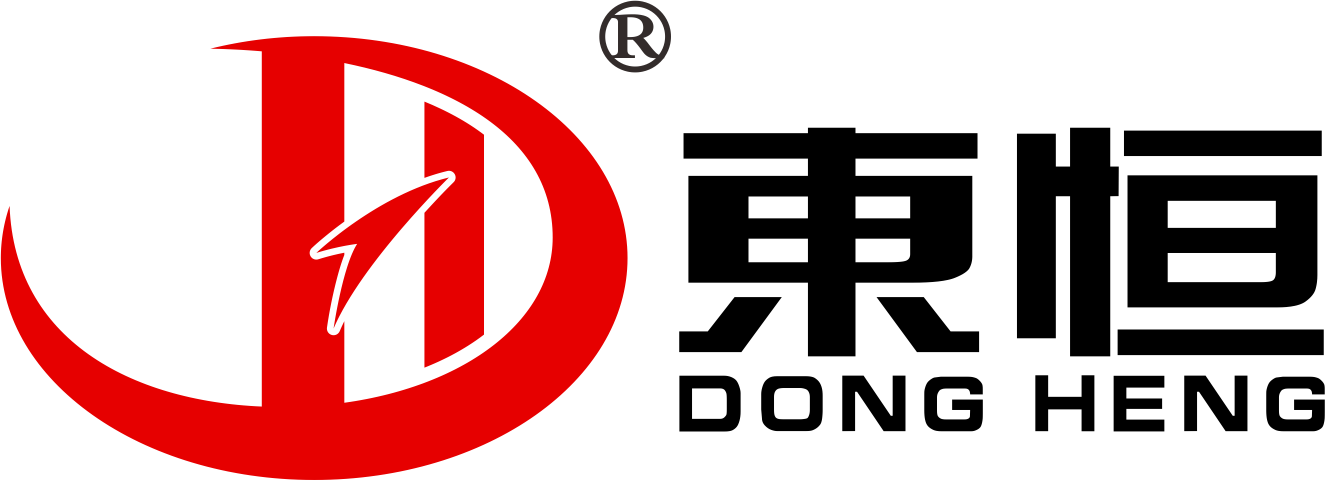橡胶选用指南
氟橡胶(FKM)
优点:氟橡胶(FKM)是一种特殊的弹性体,能抵抗极端热、油、汽油、液压油和烃类溶剂。 对氧气、臭氧、阳光具有很好的抵抗力,对气体和蒸汽具有很好的抗渗性。
缺点:氟橡胶对含氧溶剂一般不具有抵抗力,并且抗撕裂能力表现比较差。 耐低温性能也不好,一般只能到-25度左右,价格昂贵。
氟硅橡胶(FVMQ)
优点:氟硅橡胶(FSI,FVMQ)是一种特殊的弹性体,具有与硅酮相似的环境稳定性和优异的抗极端温度性能,而且有这优良的耐燃料、油、溶剂和耐化学介质性能。
缺点:氟硅橡胶(FSI,FVMQ)可以是最昂贵的聚合物之一。与硅树脂相比,氟硅树脂受到平均抗拉强度和较差的抗弯性能的限制。在一些应用中,氟硅橡胶不适合用于制动液、肼和酮。
硅胶(VMQ)
优点:硅胶(SI,VMQ)是一种特殊的弹性体,以其能适应很广的温度范围而闻名。 硅橡胶能表现出优异的抗臭氧,耐候性,氧化性,压缩集性和中等耐化学性。 其高度的生物相容性使硅树脂成为医疗行业的理想选择。 硅树脂在高温下具有良好的振动阻尼性能和整体良好的动态性能。
缺点:硅树脂(SI,VMQ)通常受到平均抗拉强度和对燃料、溶剂、磨损和弯曲性能差的限制。它通常对气体有很高的渗透性,而且可能很昂贵。
氢化丁腈橡胶(HNBR)
优点:丁腈橡胶(HNBR)是一种具有较高物理性能的特种聚合物。它坚韧耐磨。它能显示出优异的抗油、溶剂和液压油。HNBR具有良好的臭氧、抗氧化性和耐化学性。
缺点:氢化丁腈橡胶(HNBR)不推荐用于涉及高极性流体、芳香烃或氯化碳氢化合物的用途。耐高温性能不佳,而且价格高。
三元乙丙橡胶
优点:三元乙丙橡胶(乙烯丙烯二烯单体)弹性体可用于抗臭氧、氧、热降解,常被推荐用于户外应用。 它能对水、蒸汽、碱、酸和含氧溶剂表现出很好的抵抗力。 三元乙丙橡胶具有良好的低温柔韧性,可以使用硫磺和过氧化物硫化。
缺点:三元乙丙橡胶(乙烯丙烯二烯单体)不推荐用于需要耐油、汽油和碳氢化合物的用途。 三元乙丙橡胶压缩变形性能不佳,与织物和金属的粘合性也不好。
氯醇橡胶(ECO)
优点:氯醇橡胶(ECO,CO)是一种特殊的弹性体,在耐溶剂性(优异的耐油、燃料和石油基液压液)方面可以与丁腈橡胶相比,具有良好的抗臭氧、光照和抗氧化的能力。 它有着非常低的透气性和良好的耐热性。
缺点:一般来说,氯醇橡胶化合物比丁腈橡胶贵。 不适用于蒸汽,酮类,酯类和氯化溶剂。
丁基橡胶(IIR)
优点:丁基橡胶以其气密性而闻名,并经常用于空气密封方面。 它能具有很好的耐热、耐氧、耐臭氧、耐日光。 此外,它还能提供对碱、酸和含氧溶剂的优良抗性。 它具有很高的能量吸收能力,可以是一种很好的电绝缘子。
缺点:丁基不推荐用于需要耐油、汽油和烃类溶剂的用途。 丁基橡胶加工性能不佳。
天然橡胶(NR)
优点:天然橡胶(聚异戊二烯,NR)具有优异的耐磨性、抗拉强度和弹性。它对织物和金属具有良好的附着力,具有良好的低温柔韧性。 天然橡胶一般对中等化学物质、醇、酮和醛具有抗药性。
缺点:天然橡胶(聚异戊二烯,NR)不适用于涉及室外暴露(臭氧,热老化和抗氧性)的应用。天然橡胶对腐蚀性化学品、石油衍生物、脂肪和非极性溶剂的抵抗力很差。
氯丁橡胶(CR)
优点:就一般应用而言,氯丁橡胶(聚氯丁二烯橡胶,氯丁橡胶,CR)以其多功能性而闻名。 它能对臭氧、氧气、阳光、碱和酸表现出很好的抵抗力。 氯丁橡胶具有良好的阻燃性能。 它能提供良好的抗拉强度、弹性和适度的耐油性和汽油性。
缺点:氯丁橡胶(聚氯丁二烯橡胶,氯丁橡胶,CR)提供适度的耐油性,但不建议用于苛刻的燃料和热油产品中。 它对芳香和含氧溶剂的抗性较差。 氯丁橡胶也受到低温柔韧性的限制。
丁腈橡胶(NBR)
优点:对于需要耐油的产品,丁腈(丁二烯丙烯腈,BUNAN,NBR)是首选的聚合物。它对石油、汽油、石油基液压液和烃类溶剂具有优异的抵抗力。此外,它还能提供良好的抗碱和酸。丁腈橡胶可以适应较广的温度范围。
缺点:丁腈橡胶(丁二烯丙烯腈,BUNAN,NBR)不推荐用于暴露于臭氧、风化、热和阳光的应用。它对极性溶剂如酯类、酮类、氯化溶剂或硝基碳的抗性较差。
聚氯乙烯(PVC)
优点:聚氯乙烯(聚氯乙烯,乙烯基)可以添加很多种添加剂,以满足各种特定的最终用途。 它具有通用性和成本效益。 一般来说,PVC是坚固的,弹性,不导电和防潮。它具有良好的阻燃性能,当火焰被移除时会自灭。PVC材料有各种各样的颜色。
缺点:聚氯乙烯(聚氯乙烯,乙烯基)受低温性能差的限制。 当受到高热和机械应力时,不推荐PVC,因为弹性体变得柔软和变形。 长期暴露在阳光下会导致颜色褪色。
丁苯橡胶(SBR)
优点:丁苯橡胶(SBR)是一种性能类似天然橡胶的合成通用橡胶。它是一种低成本的聚合物,可以显示出优异的冲击和抗拉强度。具有良好的回弹性能、耐磨性和低温柔韧性。
缺点:丁苯橡胶(丁苯橡胶)的限制类似于天然橡胶。 它受到臭氧、阳光、石油、汽油和烃类溶剂的限制。
聚氨酯(AU,EU)
优点:聚氨酯(AU,EU),有着优异的耐臭氧、阳光、中等化学品、脂肪、油和油脂性能。 它具有优异的耐磨性,具有很高的抗拉强度和良好的伸长率。 聚氨酯与金属和织物结合良好。
缺点:聚氨酯(AU,EU)通常受到碱、酸和含氧溶剂的攻击。 它通常表现出较差的压缩变形,价格也比较贵。
氯磺化聚乙烯(CSM)
优点:CSM(Hypalon®,氯磺化聚乙烯)是公认的卓越的耐磨橡胶。 它能很好地抵抗臭氧、光照和氧化。 CSM对油类和腐蚀性化学品,能表现出良好的稳定性和阻燃性。
缺点CSM(Hypalon®,氯磺化聚乙烯)比大多数通用弹性体贵。如需要与燃料、芳香溶剂和热油接触的产品,不建议选择的CSM。 通常CSM的回弹性和压缩变形不好。
